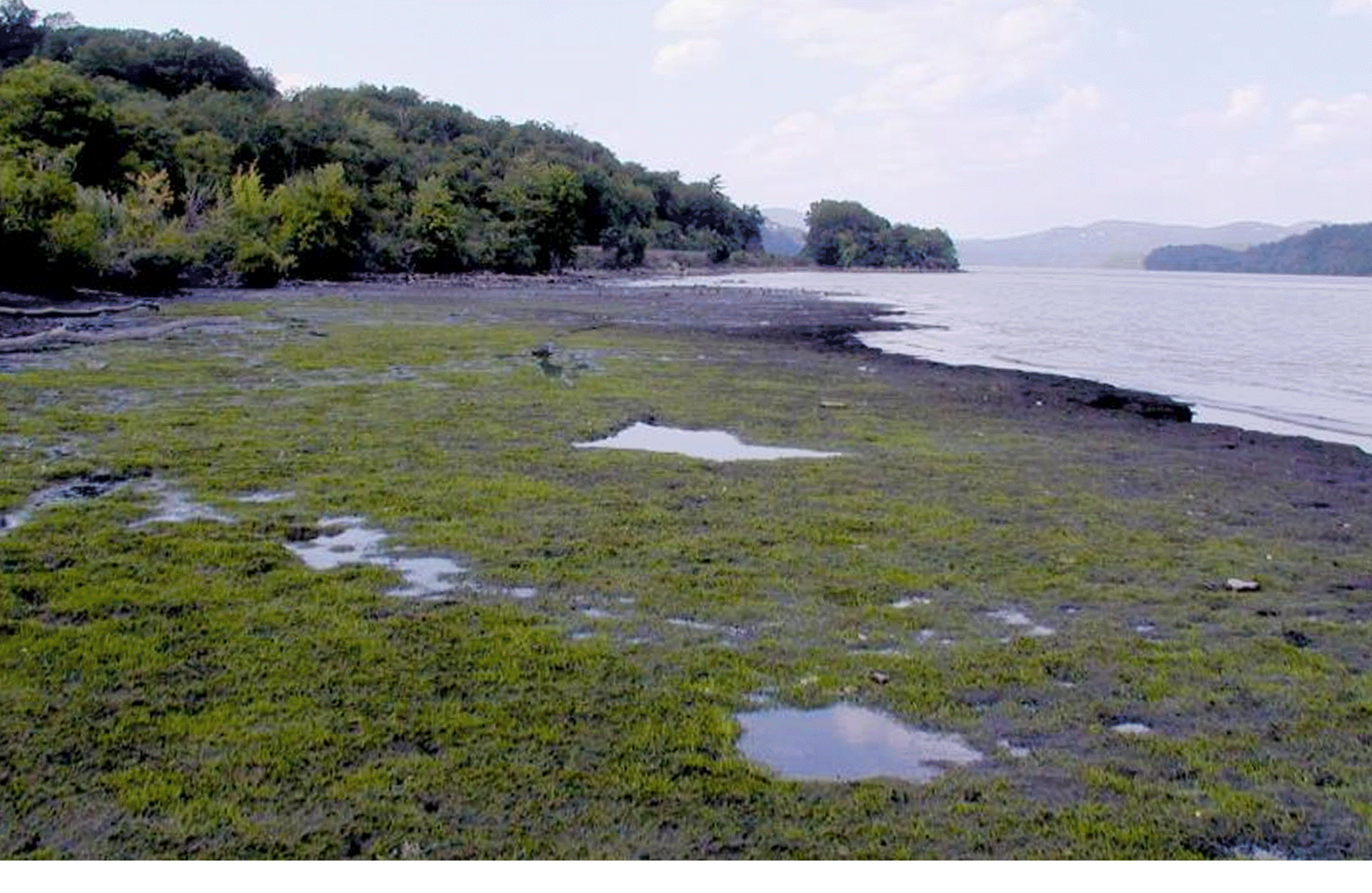
We acknowledge the traditional custodians of this land, the Wangal people, and pay respects to the Elders past, present and emerging.
Our Site
White Bay Power Station - 28 Robert St, Rozelle, NSW, 2039

Historical Analysis
A reverse chronological order of the sites history allows us to peel back the layers of what we see the power station as today, and get to the roots of the physical site.
Today
WBPS awaits development
1990's
Power station stripped of everything except those for heritage conservation
1960
Metropolitan stations contribute insignificant amounts of energy to power system
1942
Pressure of technological change called for electricity generation outside of city
1912
WBPS construction commenced
1912
Dyke built from Balmain to Glebe Island
1800
William Balmain granted 550 acres on Rozelle Bay
Natural landscape
White Bay was a mud-flat extending around to the isthmus connectiong Glebe Island to Balmain.

2000
Sydney Harbour Foreshore Authority purchases WBPS
1983
WBPS decomissioned due to public concern over pollution
1946
Over 84% of NSW electricity generated within the grid
1917
White Bay power station came on line
1910
Site completely cleared of all structures and vegetation in preparation for construction
1850's
Land subdivided around head of White Bay which was still a mud flat
Pre-colonisation
The Wangal people occupied the land
The sites history has great relevance in developing our proposal, particularly as an adaptive reuse project. Learning about its history creates depth in meaning and connection.
What timelines in the site history can be used to tell a new story?
How can this be harnessed in its adaptive reuse?
Morphology - Photo Study
The sites morphology can be broken down to smaller parts that make up a larger whole. When looking into the smaller components of the site, there is a common language across all parts that ties everything together.
Firstly, rusted steel makes up a large part of the site, in particular I-shaped beams are found throughout. In the micro-scale, rusted bolts hold everything together. These elements point to a mostly linear language through the site, alluding to the industrial style it follows.
The morpholgy of the site is what makes it unique, and retaining this language through the site is worthwhile in order to keep a sense of place for adaptive reuse.
How can the sites unique morphology influence how we design it's new use?

Landscape Research - Contour Mapping
To create meaning to site through placemaking, it was worthwhile researching the landscape and the physical makeup of the site on which White Bay Power Station sits upon. Looking at the contour lines of the site created a point of interest as it creates a connection between to site and land. it develops another layer of meaning.
How can we foster the connection between proposal, existing site, and land?

